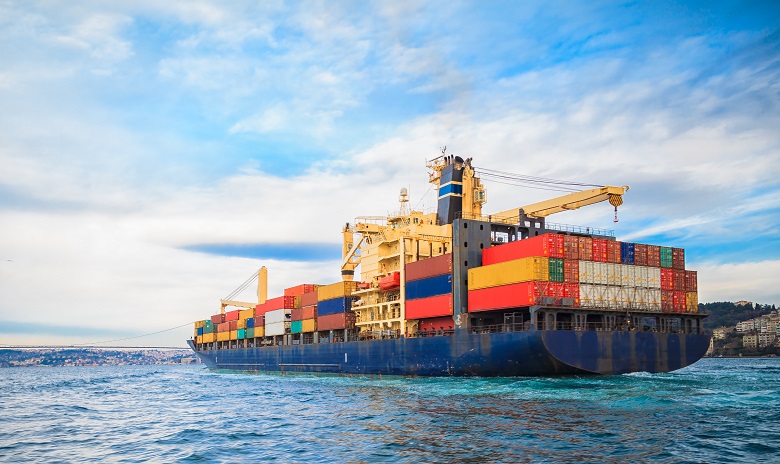Unions and industry have both argued the case for the creation of an Australian maritime fleet that would offer strategic national interest benefits, as a senate committee looks at revitalising the nation’s shipping industry.
The Rural and Regional Affairs and Transport References Committee is looking at priorities for Australian shipping, including investment in ships and building a maritime cluster in Australia.
In its submission the maritime union calls for the creation of a national strategic fleet guided by an expert task force.
Australia’s shipping industry is in crisis and political will is needed to turn it back into a shipping nation, the MUA says.
A strategic domestic fleet would protect the environment, fuel and national security and provide greater control over the vessels operating in national waters, MUA National Secretary Paddy Crumlin says.
He says the nation has lost more than half of its coastal fleet since 2013, leaving the country with just 12 large trading vessels. It costs the nation more than $8 billion a year to replace Australian ships with foreign vessels, he says.
“Our research suggests that current coastal cargoes are sufficient to sustain between 50 and 60 additional Australian ships, but we need the political will and right policy settings if Australia is to once again become a shipping nation,” Mr Crumlin said.
Mr Crumlin says the government needs to invest in a range of maritime sectors and grow local maritime skills including oil and gas exploration, offshore wind farms, defence and civilian shipbuilding, cruise shipping and oceanographic research.
International examples
Maritime Industry Australia has also put in a submission calling for a strategic fleet which would operate commercially on a competitive basis.
MIA says the government already has a considerable strategic fleet of vessels it can own, operate or charter, such as defence fleets, its Antarctic division ice breaker, research vessels and emergency response vessels.
It points to international examples of strategic fleets, including the UK’s Royal fleet Auxiliary and the US Military Sealift Command, and notes both nations have national flagged fleets that can be requisitioned.
The purpose of an Australian strategic fleet would be to maintain skills, secure infrastructure and supply chains and provide resources for requisitioning, MIA says.
“The creation of a Strategic Fleet has potential to solve a great number of challenges facing the industry and also create jobs, secure our skilled seafarer shortage and create optimism and a future for an industry which other developed nations consider critical and carefully nurture,” MIA says.
Labor’s election pledge
Labor says the number of Australian-flagged vessels has shrunk from 100 to 14 over the past 30 years and says it will create a strategic Fleet if elected at the upcoming election.
“Labor will create an Australian Strategic Fleet in areas of importance to the Australian economy, such as the importation and distribution of liquid fuel, namely crude oil, aviation fuel and diesel,” infrastucture minister Anthony Albanese said in a speech to the Australian Logistics Council on March 6.
“The vessels will be Australian-flagged and Australian-crewed, and while they will be privately owned and operated on a commercial basis, they will be available for requisition by the Defence Forces for operational requirements in times of national need.”
The government has accused Labor of serving union demands.
The committee is due to report back by August.
Comment below to have your say on this story.
If you have a news story or tip-off, get in touch at editorial@governmentnews.com.au.
Sign up to the Government News newsletter.





For many years I have been concerned about the failure of Australian shipping. My grandfather was a coastal Brig captain until the 1880’s when he left to go squatting at Carnarvon. My son is a seaman on the rig tenders and I went to sea myself with the Norwegians in the 1960’s.That said, this is my uptake.
Aust shipping needs revival led by the Unions in a type of Co-Op where the ships are run at a competitive rate with State and fed Gov giving priority to them.Voyages profit or loss needs to be born by the Co -Op not the taxpayers,with a decent wage minimum but a share in the profits for the workers on the ships as bonuses ,Tax exemption as a rule to compensate from being aboard for extended periods .
Infrastructure needs to be massively improved look at Derby Port’s needs ,no decent deepwater port between Port Headland and Darwin to cope with new mineral exports,the whole thing needs its own Minister at least, to provide security and a revival of our own shipping fleet.
Private enterprise won’t work, owners get too greedy. Take a look at how the farmers have had to fight off predators in their industry.
Come on Governments and Unions fix this mess and provide good jobs for Australians at sea.